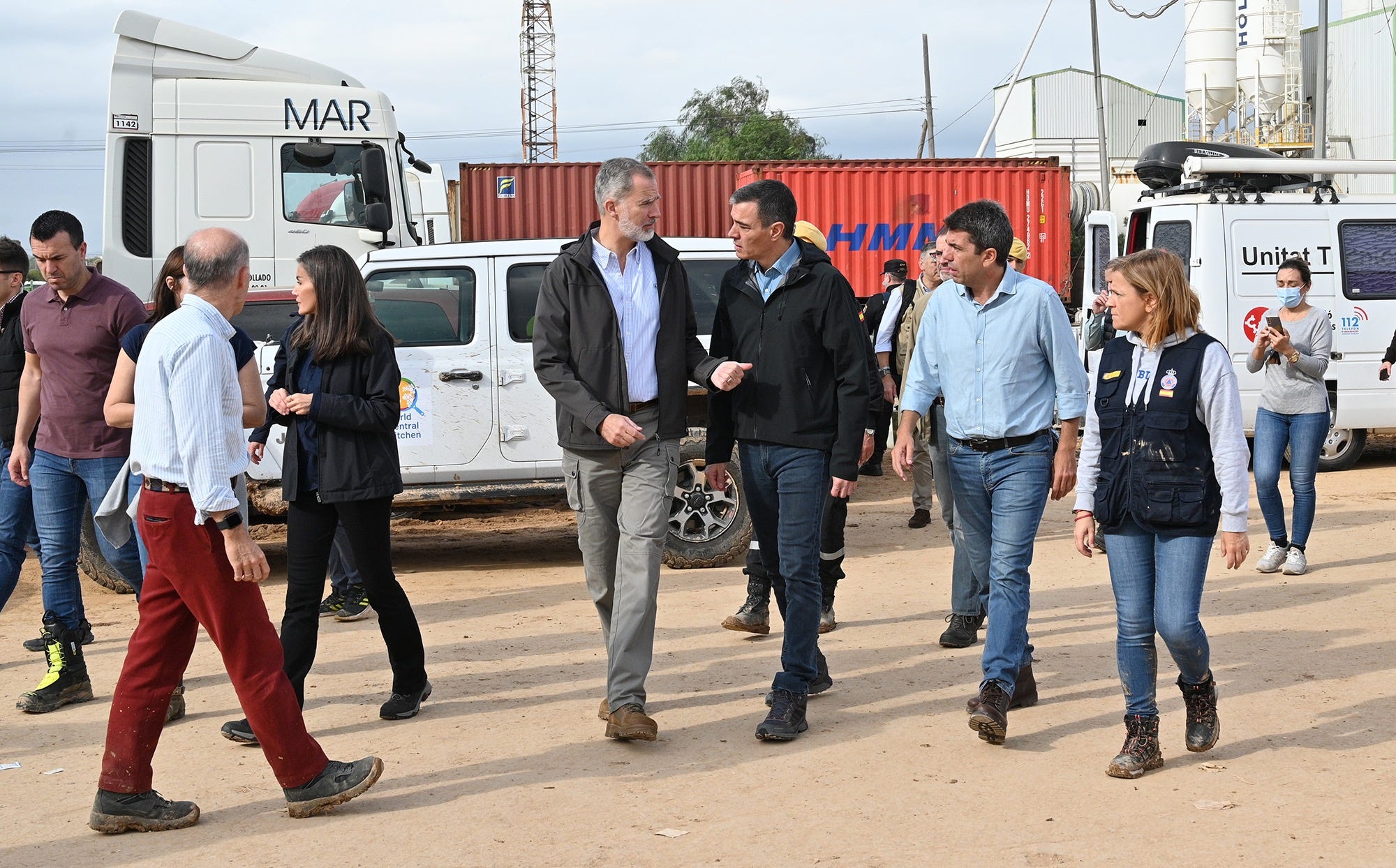Tomorrow's World According To GARP
Climate chaos threatens to undermine critical infrastructures, say Tipping Frontiers
Luckily, earlier this year, I missed the direct consequences of climate chaos by the skin of my teeth. I had been in Porto Alegre in late March, speaking at the South Summit event there. Not long after most of us left, the conference center—and the hotel we had been staying in—ended up under water, as illustrated below.
Something similar had happened to me back in 2008, when I spoke in Florianópolis, a bit to the north, and managed to get on one of the last planes out (as I discovered later) before part of the road to the airport was washed away—and the place was closed for some time.
But the floods which hit Rio Grande do Sul this year were considered the country's worst flooding in over 80 years. That said, they marked the fourth such environmental disaster in Brazil within 12 months.
All of which had me thinking back to a chance encounter at a Chatham House reception in the gardens in the middle of St James’s Square. There I bumped into Sahil Shah, co-founder of Tipping Frontier, and was sufficiently interested in what he was doing that we have been in touch a number of times since.
In headlines, Tipping Frontier models “the cascading impacts from climate, pandemic, and conflict risk (CPC risk).” They use cutting-edge global equilibrium, coupled and agent-based models to assess the potential impacts of CPC risks on key macroeconomic variables, stress testing them with Monte Carlo simulations and sensitivity analysis.
Among other things, this work feeds into the development of financial products such as municipal impact bonds to help fund resilient infrastructure.
Modern Portfolio Theory is breaking down
The Tipping Frontier thesis starts with the recognition that "the world is in a very different place than 1952 when economist Harry Markowitz conceptualised the Modern Portfolio Theory (MPT) that won him a Nobel Prize.”
Worse, for those whose businesses and careers are based on the MPT mindset, “this 70-year-old paradigm is breaking down, according to Tipping Frontier. MPT suggests that “investors can deliver returns by diversifying idiosyncratic risks. But it overlooks systemic risks like climate change, which affect the entire system rather than the individual parts.”
Their conclusion is that extreme climate events can cause significant business both directly and indirectly. In terms of direct impacts, an asset—perhaps a factory or a conference center—can be shut down for various lengths of time. So, how can financial institutions reduce these risks and increase resilience, when most lack the expertise to model them?
“Climate tail” risks under-estimated
The question is even more significant when you consider that the indirect impacts of disasters can be greater, with the effects of “climate tail” events like the Rio Grande do Sul floods “heavily underestimated, especially for institutions with exposure to cash flows of the companies they lend to or invest in, as opposed to asset values alone.”
“Critical infrastructure, particularly older infrastructure, may not be designed for current, and future, climate extremes,” Shah argues in an article for GARP co-authored with Edward Baker, who, with a 40+ year track record in asset management, advises Tipping Point on climate risk modelling.
GARP, incidentally, has nothing to do with the 1982 Robin Williams film, The World According To Garp. Instead, it is the Global Association of Risk Professionals—and the article can be found here. For a quick scoop, here are three excerpts that resonated with me:
“Major climate events will likely overwhelm critical infrastructure, including economically vital systems and networks such as energy, water and transport, with knock-on impacts on education, health and public security.”
and:
“Macroeconomic models demonstrate the importance of energy and water inputs, especially for the secondary sectors, including manufacturing, the chemical industry and construction; they are also a requirement for the tertiary sectors to function (e.g. hospitals, schools). Moreover, transport disruption will likely prevent workers from traveling to their workplaces, creating major shocks where remote work is not possible or planned.”
and:
“As climate hazards become more severe, losses and credit failures from indirect disruption impacts may exceed those from direct impacts. Understanding this point is imperative for lenders and investors as it gives them a strategic edge and can help to reduce potential losses. A deep understanding of how climate hazards unfold, when infrastructure fails, how this affects transport and production and translating this back to cash flow impacts creates an opportunity to better manage the financial impacts of these risks.”
Modeling disaster recovery times
None of this will be easy. “Climate-related risks are messy, complicated and challenging to predict,” the authors conclude, “and the indirect impacts can be large. Understanding and modeling the cascading impacts from damaged infrastructure provides a commercial opportunity not just to better assess and manage risk, but for financial institutions to provide preferential terms for borrowers more prepared for climate impacts.”
Banks, for example, can develop and offer “differentiated loan pricing strategies that incorporate the climate/credit risk nexus at a loan level to better price climate change-related risk.
A side benefit may also be that such disasters and the related analysis can help provide clearer commercial objectives for businesses to become more climate resilient. And, as we saw this year in places like Spain, resilience is becoming an increasingly urgent priority as the climate emergency digs its claws in.







I am reminded of the Institute and Faculty of Acturaries paper on the "Climate Scorpion - the sting is in the tail", which also comprehensively describes how the past is no longer a good predictor of the future. What used to be one-in-two-hundred year risks of ruin are could now be less than one-in-twenty. The challenge then is that many insurers and worse, reinsurers, have ruin baked in to their models. If we see ruinous events in the reinsurance network, then our ability to recover from extreme climate-driven events will be significantly reduced. Ruin indeed.